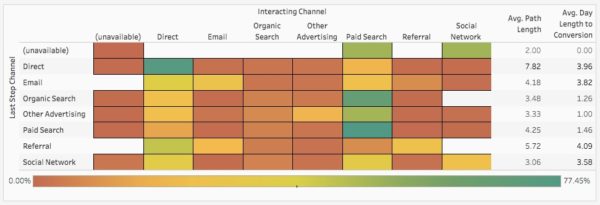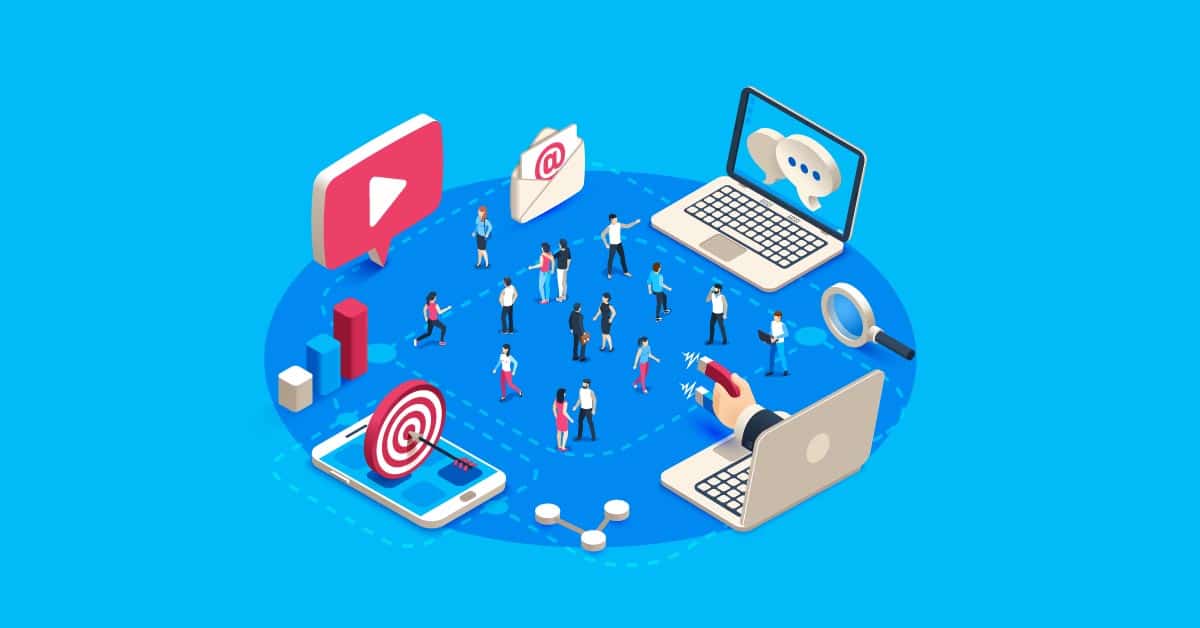
It can be tough to wrap your arms around a multi-channel marketing campaign and figure out what’s really worth your time and budget — there are just so many moving parts. But multi-channel attribution and reporting can help you cut through the clutter and focus on what’s most important.
Here are three key questions to ask about your multi-channel campaigns.
How Long Is the Road to Conversion?
There are two layers to this question:
- First, how much time passes between the point when someone first encounters one of your marketing messages and the moment that they convert? (Whether “converts” means “becomes a lead” or “makes a purchase” is up to you and however you define conversion.)
- How many touchpoints (i.e. website session, email opens, ad views, etc.) does the typical customer have with your marketing before they convert?
These are both useful pieces of information. If it takes forever for someone to convert — and you’re selling something that will expire or go out of date — you might start to reconsider your offers or your creative as a way to move customers into conversion faster.
Or you might see that if a conversion path starts (or ends) with paid social, it tends to convert more quickly than others do. That could be a signal to try and repeat that.
Which Marketing Channels Are Most Likely to Generate a Conversion?
This question is the heart of marketing attribution. Once you know what channels tend to work better, you can devote more of your resources to them.
To uncover your best-performing channels, you need an attribution model — a set of rules that help determine which channels deserve credit for a conversion and how much credit.
There are a variety of models available. You can review a more complete list here, but we recommend starting with single-touch methods, which look at a single touchpoint to award 100 percent of conversion credit. A good example is last-touch attribution, which looks at the last touchpoint before conversion to determine credit. Or you could use a multi-touch model that divides credit among multiple touchpoints — like a linear model that gives an equal share to every interaction that buyers had with your marketing.
(There’s also data-driven attribution, which is a little beyond the scope of this particular post.)
It’s a good idea to consult more than one attribution model in your analytics. The good news is that a lot of analytics software allows you to pivot between different models quickly. Google Analytics does; so does Alight’s multi-channel attribution dashboard.
Using a first-touch attribution model — which gives credit for a conversion to the very first channel that a customer encounters — can show where you should spend money if you want to attract more customers. A last-touch model lets you know which channels could help push a contact over the line into conversion land.
By consulting both these models, you get useful clues into what you should be doing throughout your funnel.
Which Channels Support Your High-Converting Channels?
The whole idea of multi-channel marketing is that, for most customers, it takes multiple touches across multiple channels to generate a conversion.
So even if you’ve determined which channels are most likely to drive a conversion, it’s a good idea to see what other channels tend to pop up in a customer’s path alongside those MVPs.
One way to accomplish this is with a heat map that shows how often a channel is part of a particular conversion path, like the one in our dashboard. (You can even pivot between different attribution models!)

In the heat map above, you might notice that a touchpoint in organic search will frequently occur in a conversion path that’s kicked off by paid search. Now, when you prioritize paid search in your budget, you’ll know to devote resources to activities that can bolster organic search, too.
Multi-Channel Attribution Made Simple
Alight’s end-to-end analytics solutions feature multi-channel attribution modeling, built right into Power BI or Tableau, to help you reduce the time and cost to generate a conversion. Schedule a free solution consultation with our team!



